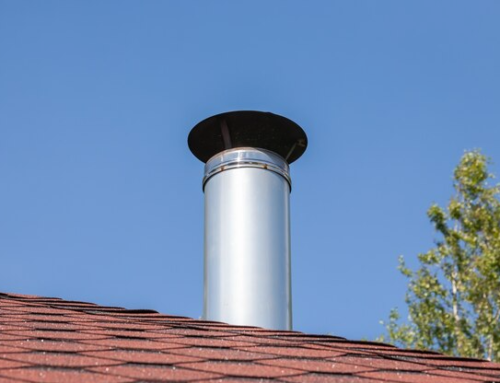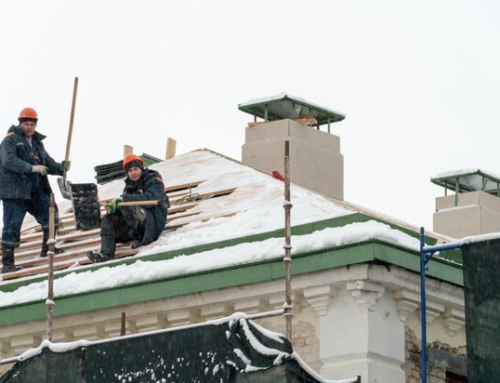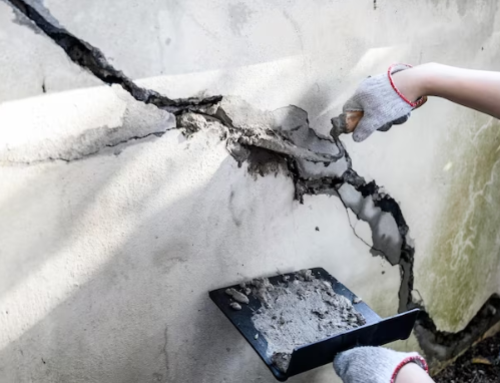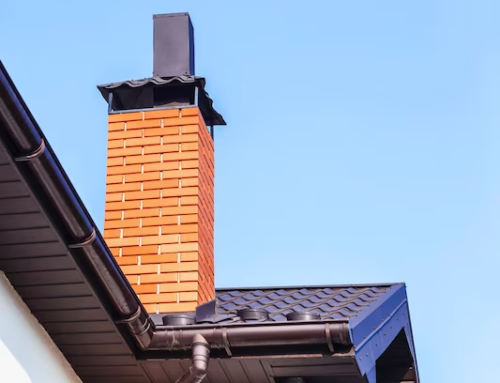Residential chimney smoke contains many harmful gases such as carbon monoxide, sulfates, benzene, formaldehyde, methane, and black carbon. The presence of these toxic gases requires homeowners to take steps to reduce their home’s carbon footprint.
According to EPA estimates, residential fireplaces, stoves, and heaters emit a significant amount of polluting gases. Precisely, more than 345,000 tons of toxins are released from residential chimneys across the US each year. This not only impacts the environment but also poses a huge risk for the health of humans and animals alike.
EPA states that residential wood combustion in the chimneys accounts for more than 44% of the total POM, Polycyclic Organic Matter emissions in the US. POM consists of sulfur, carbon black, and grit particles that’s very harmful to the ozone layer and the human respiratory system.
Fortunately, there are different ways you can reduce the impact of chimney gases on the environment. Here are the three most effective ones.

Install a New Chimney Liner
EPA estimates that there are over 29 million residential fireplaces in the country. This is why many homeowners primarily focus on the safety and wellbeing of their family and property. To ensure that your chimney emits fewer pollutants into the air, consider investing in a new chimney liner.
A chimney line is usually made of metal, ceramic, or clay and is inserted in a chimney. Its main purpose is to collect excess carbon particles, grit, and other harmful particulate matter. A chimney liner also reduces the risk of CO poisoning and fire eruption and increases the functionality and efficiency of a chimney.
Moreover, a chimney liner helps the fire burn hotter by insulating the chimney from the outdoor temperature impact.
Reduce Emissions
Your car or the factory down in the sub-urban area aren’t the only things emitting harmful toxins into the air. Wood combustion in the residential fireplaces also leads to a significant amount of emissions.
Always make sure that whether you’re using wood fireplaces or gas ones, there are maintained at an optimum level and cleaned frequently to cut back on the unhealthy emissions.
Only Burn Untreated, Seasoned Firewood
The amount of carbon monoxide excreted from your residential chimney significantly depends on the type of wood you choose to burn in your fireplace. Throwing in random plastic, cardboard, painted wood, or treated wood objects is hazardous for the environment and your health.
These materials release cancerous matter such as formaldehyde and sulfates, leading to aggravated respiratory issues and an equal impact on the ozone layer. Always choose untreated, unpainted wood for fireplace combustion. Make sure it has been dried for at least six months so that it’ll produce less smoke and particulate matter when burned.
CT Chimney Repair is a leading chimney repair and cleaning company offering a wide range of services in Farmington, Simsbury, West Hartford, Bristol, Avon, and more. In addition to chimney liner installation and chimney rebuilding, the company also offers professional masonry services and fireplace remodeling services.
Schedule an appointment today or learn about their chimney services here.







